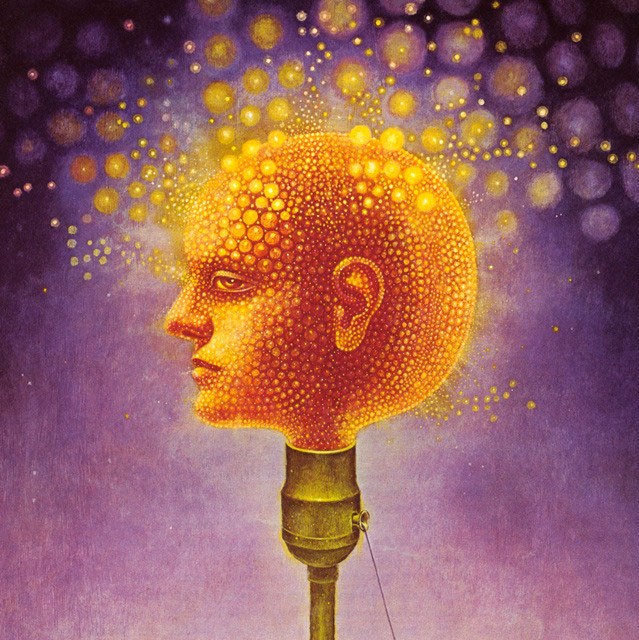Dain L. Tasker
The Love Life of Plants
Dr. Dain L. Tasker (1872-1964), began producing X-ray images of flowers while working as chief radiologist at Wilshire Hospital in…

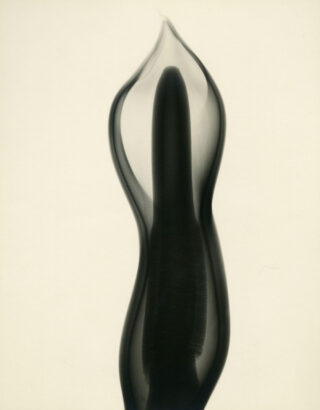

The Door of Perception
Dr. Dain L. Tasker (1872-1964), began producing X-ray images of flowers while working as chief radiologist at Wilshire Hospital in…


The book seeks to highlight a previously overlooked dimension at the intersection of diverse fields such as anthropology, archaeology, art history, technology, and sociology: the material culture of early Saharan inhabitants.

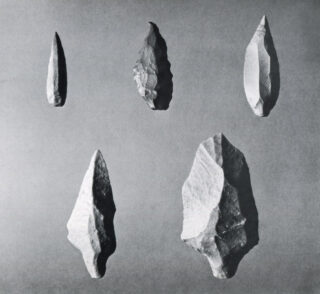
Garden of Eden explores the vast world of psychoactive plants, animals and other organisms, and their uses in shamanism, spiritual exploration and healing.
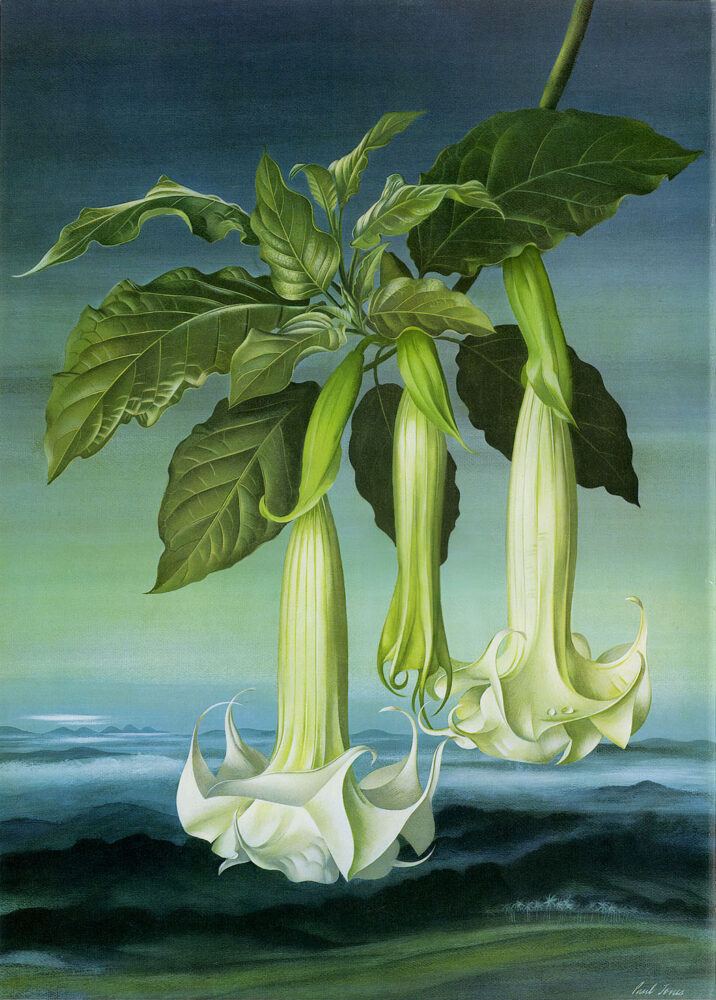
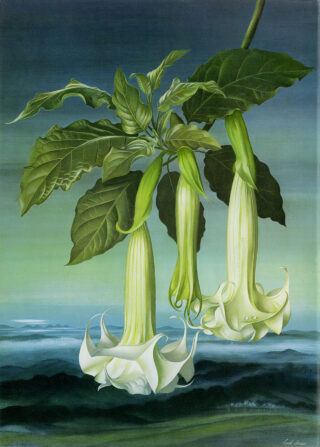
My kind of art is showing something that exists. The fractal exists. I didn’t create it, I didn’t come up with it, I found it.

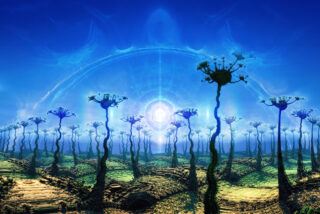
A cloud atlas is a visual representation of various cloud types, including their classification and naming conventions.


In this ongoing series Dan Coe uses open-source Lidar data to illustrate the evolution of rivers and deltas.


The publication uses AI to mash up ages, geographies and traditions, creating virtual artifacts indistinguishable from historical records.

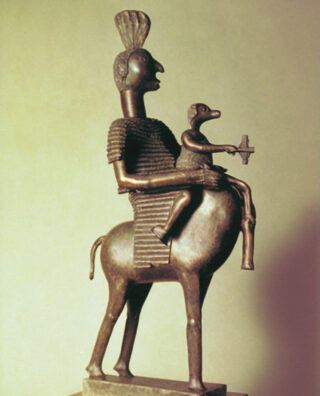
Biosphere 2 was one of the most lauded experiments of the 1990s, then one of the most ridiculed. Now it is back, offering a unique way to put theories about climate and environment to the test.
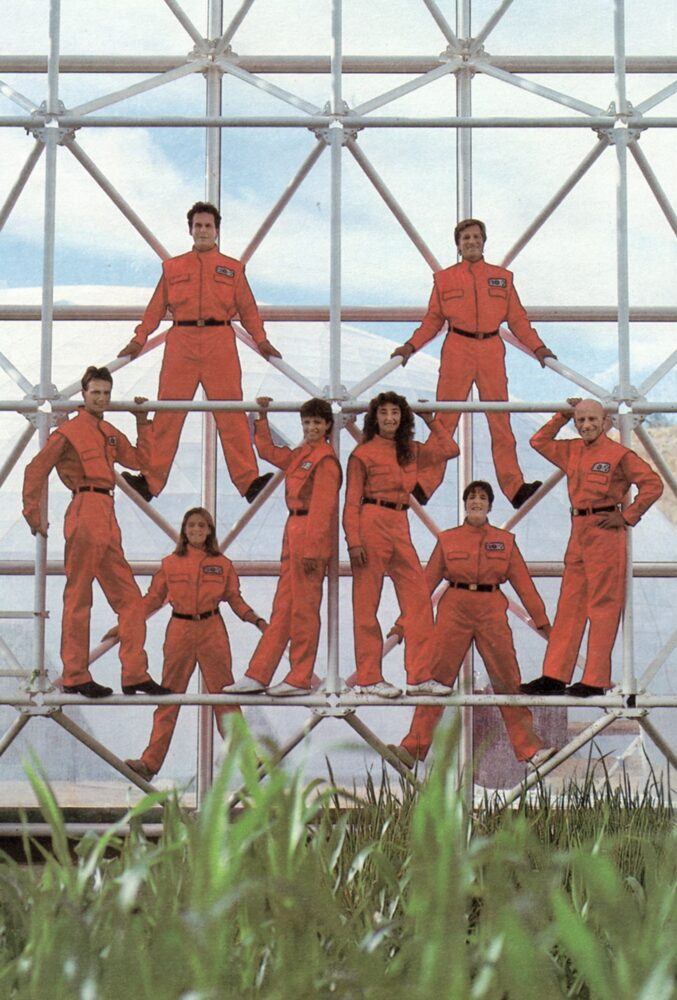
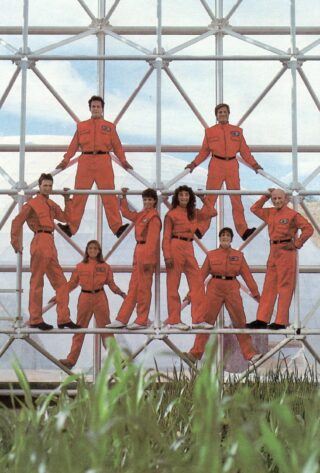
Despite their brief existence, snowflakes are a testament to the limitless creativity woven into the fabric of the natural world.
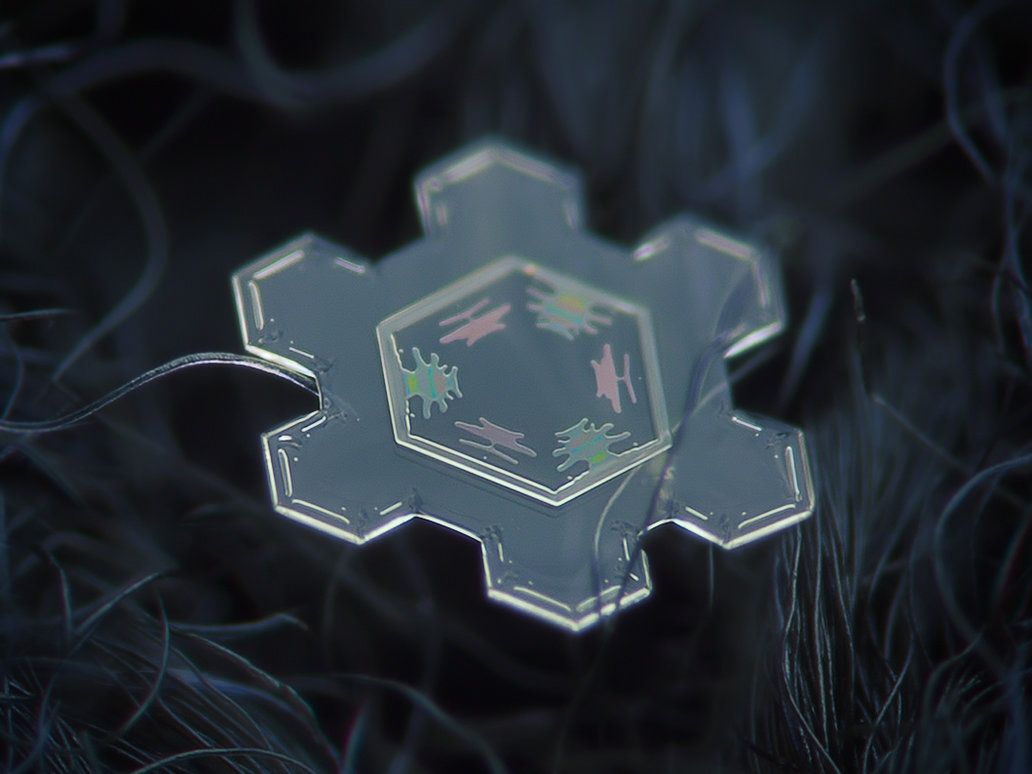
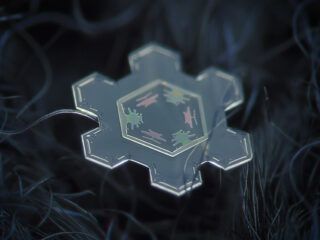
Santiago Ramón y Cajal (1852-1934) was a Spanish neuroscientist and pathologist who is considered the father of modern neuroscience.
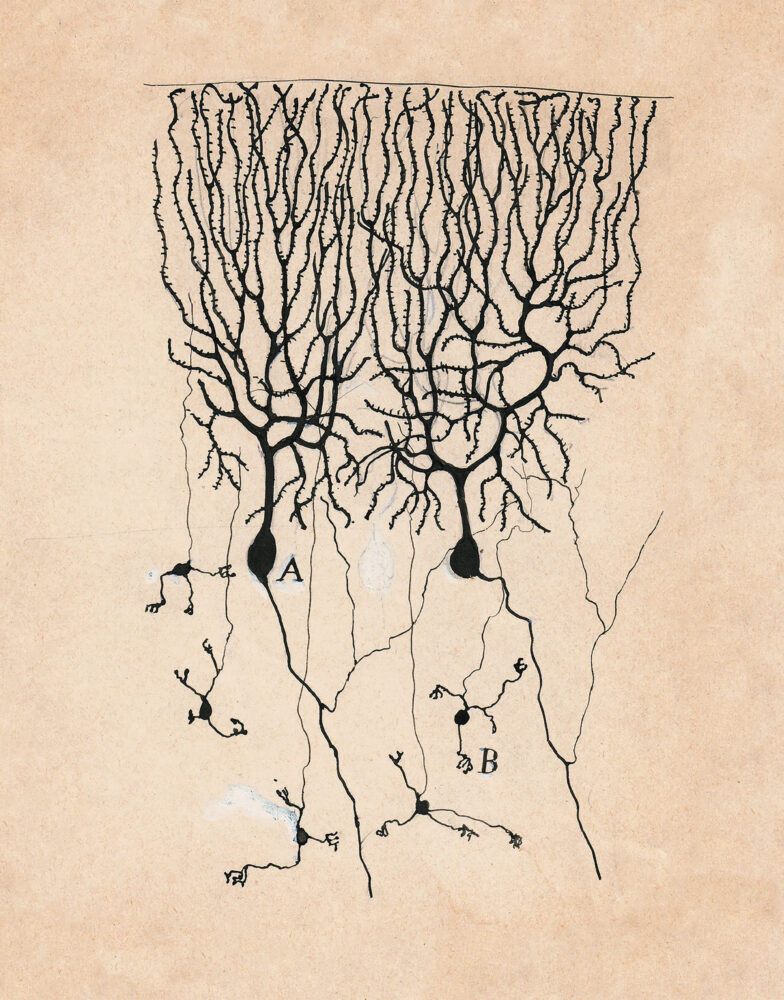
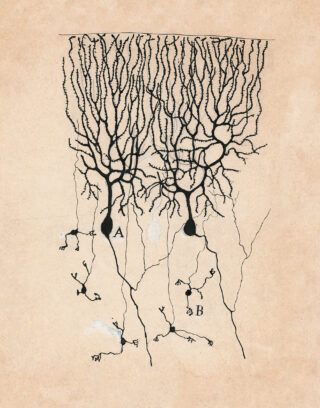
The following drawings are taken from the Wurzelatlas, a book series that began in 1960 and is regarded as the standard work on root research.
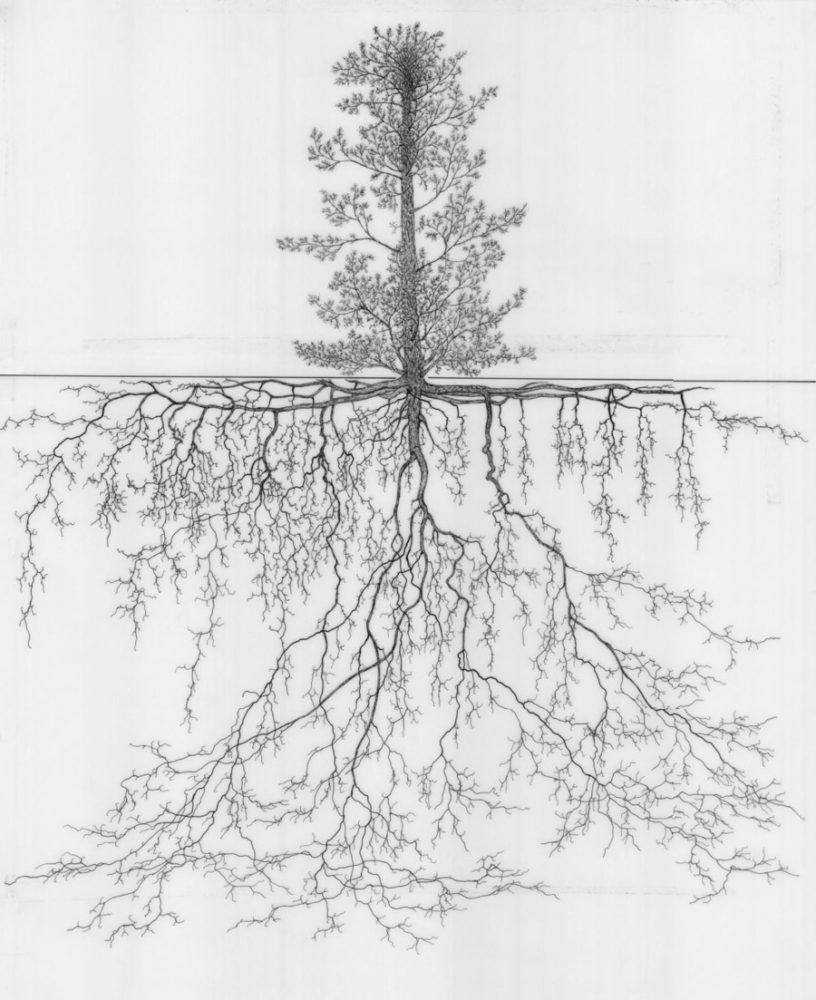
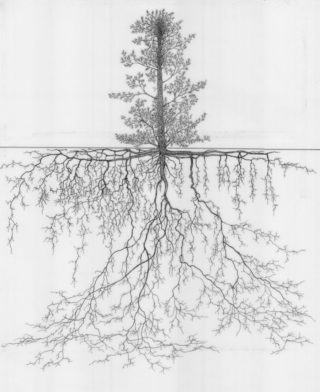
Each picture reveals minute features and textures that are normally invisible to the naked eye.
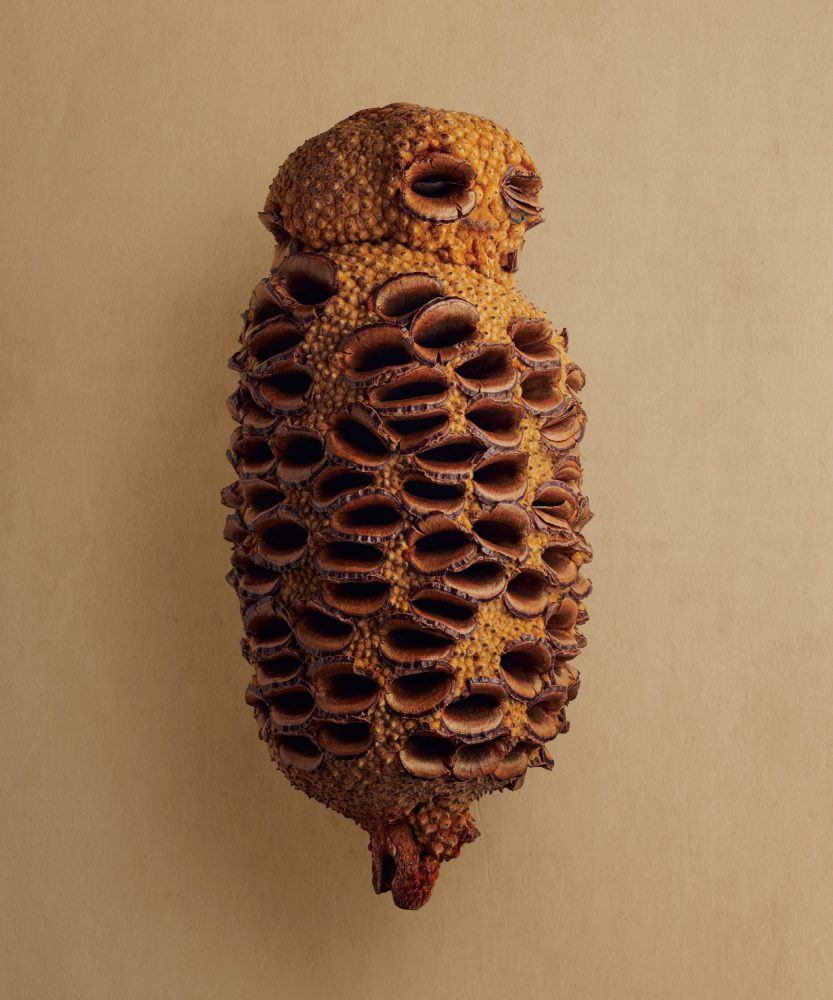
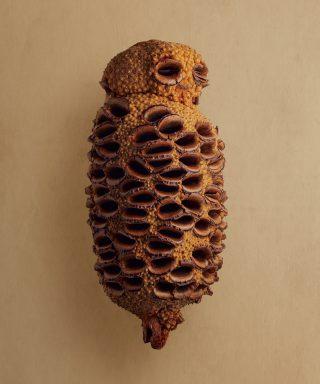
The first stages of embryonic development are roughly the same for all animals, including humans.
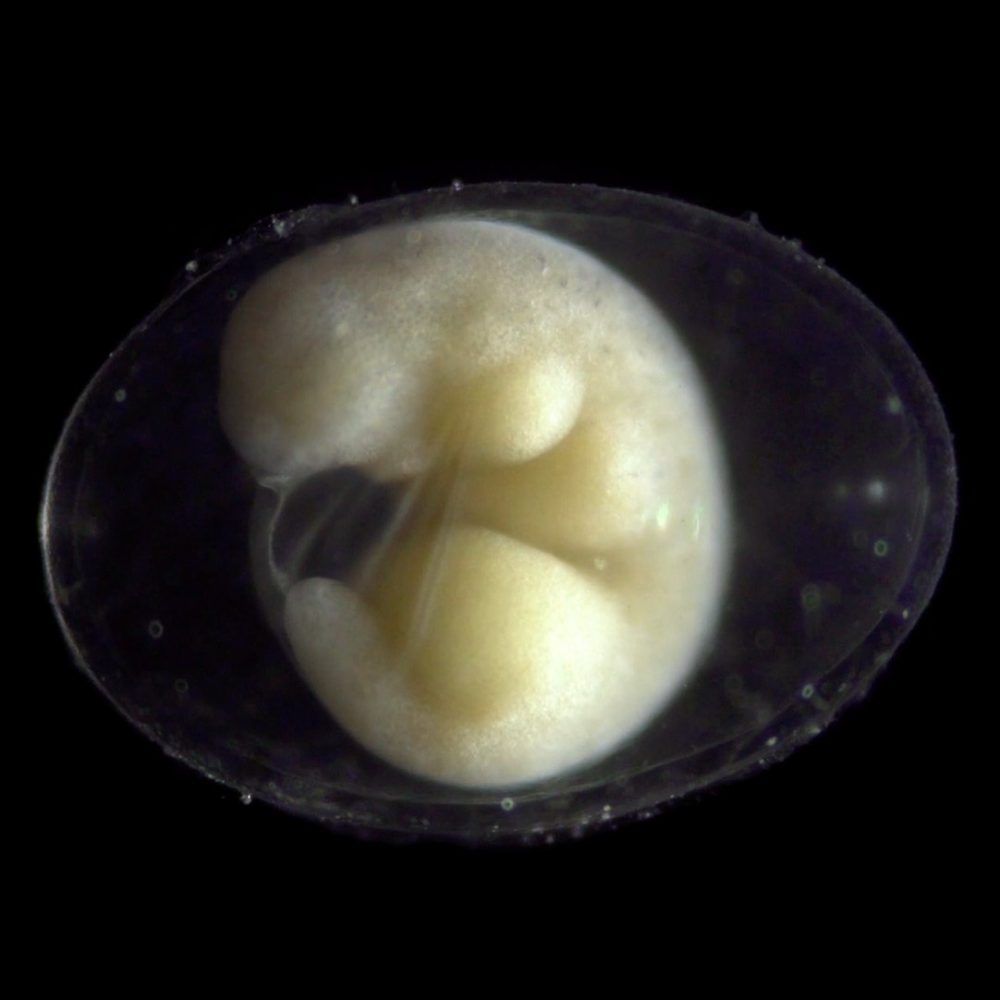
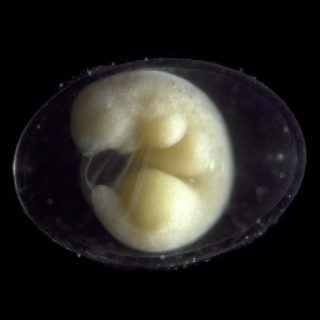
This seminal book by Stanley Keleman explores the notion that physical human shape is interrelated with one’s emotional and psychological reality — mapping the geometry of somatic consciousness.
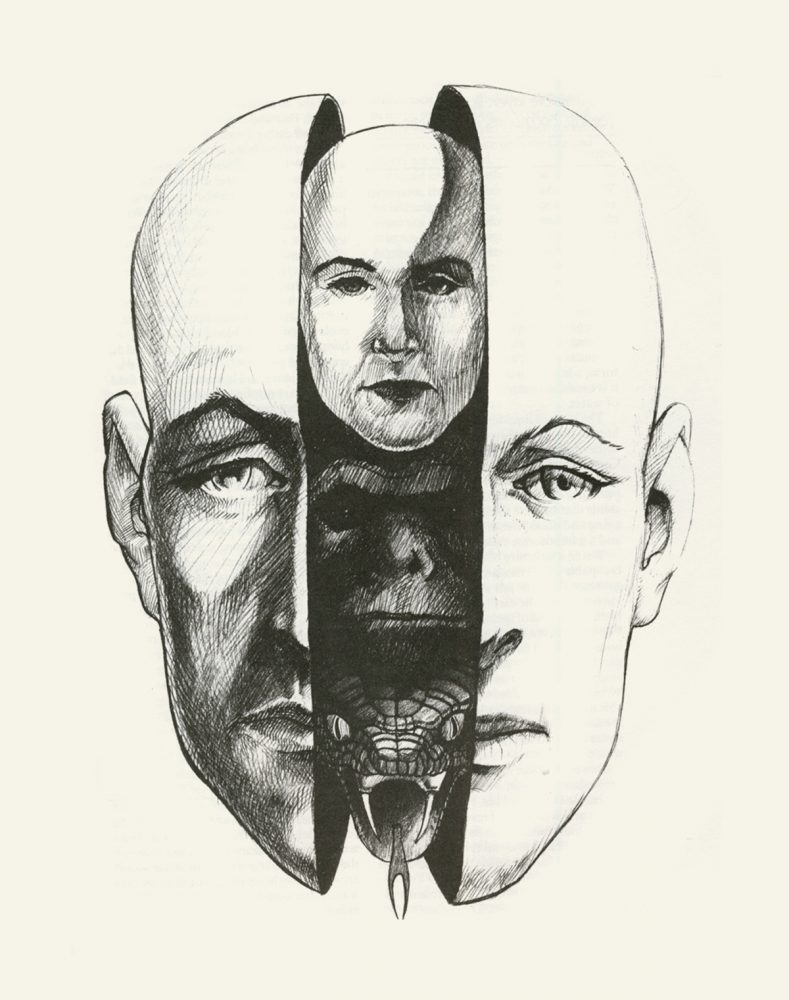
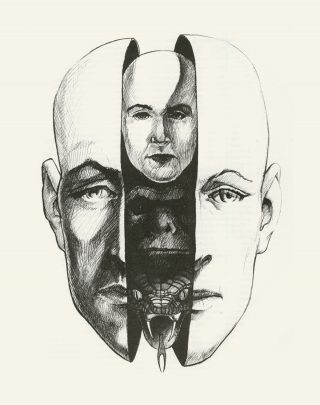
We can begin to sense that we are animals too, just one experiment among countless others, shaped in reciprocity with a living world. At first, we might see otherness, but eventually, we can recognize another person staring back at us.
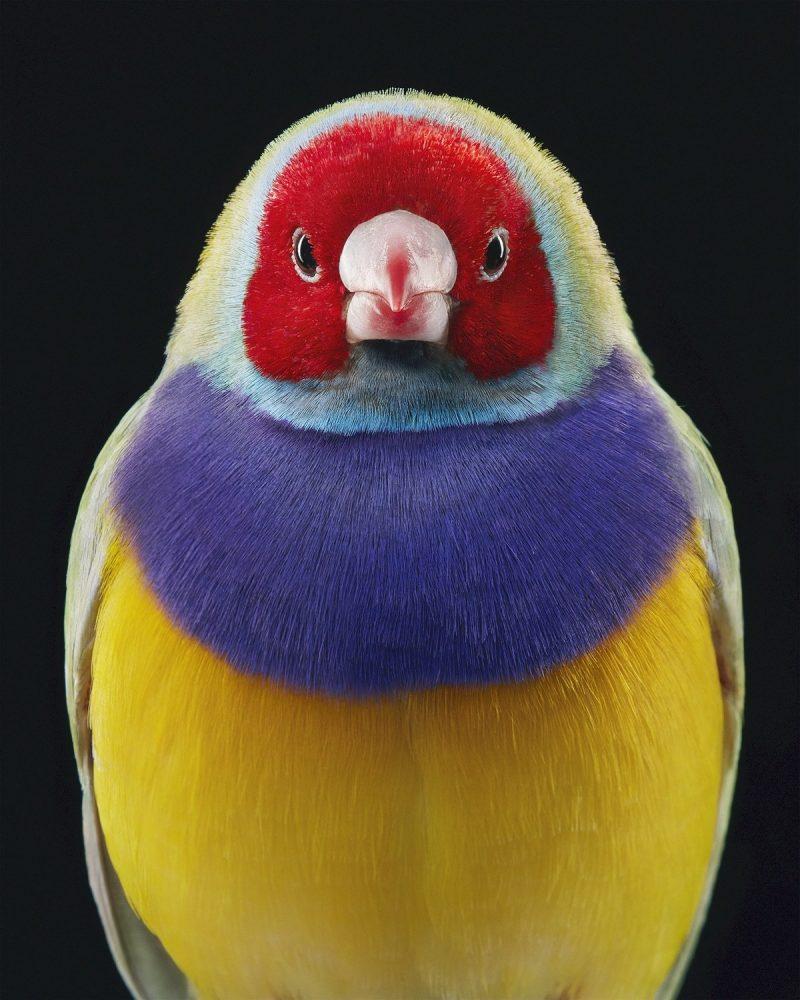
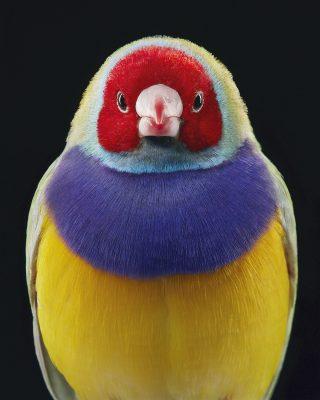
Russell was a visionary — painter, sculptor, architect, musician, and author. But he had no background in science. His cosmogony is based on a revelatory event he experienced at the age of fifty.
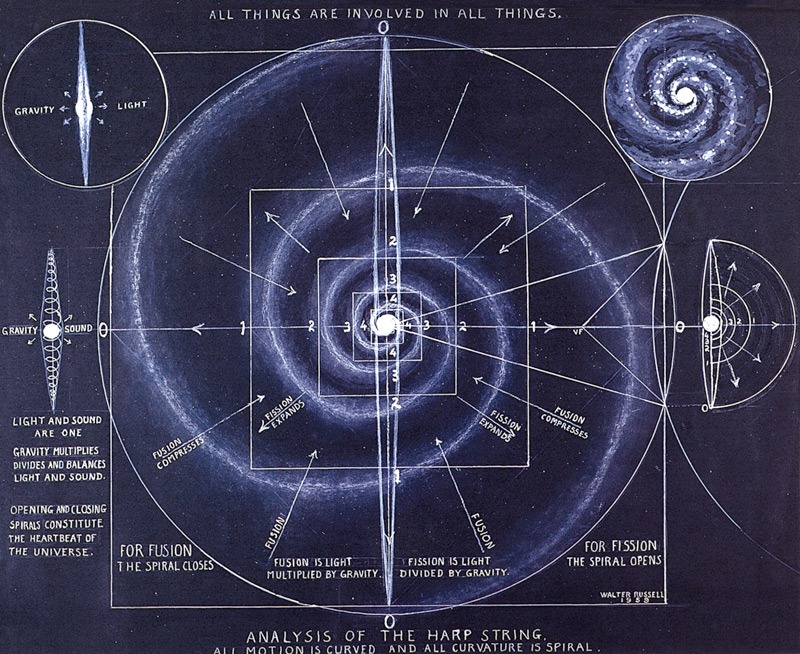
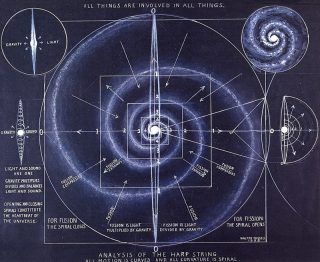
Rebel Wisdom uncovers the most rebellious ideas in philosophy, human potential and transcendence to find direction through the chaos of the time.
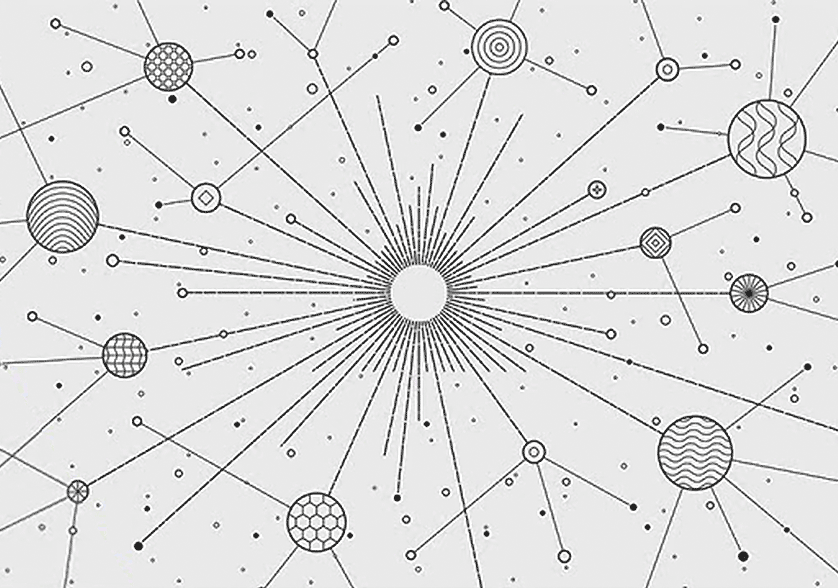
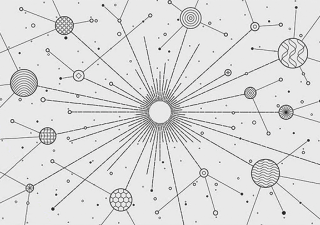
A personal project exploring the real world of scientific research. Not the stainless steel surfaces bathed in purple light, but real people in their basements working on selfbuilt contraptions
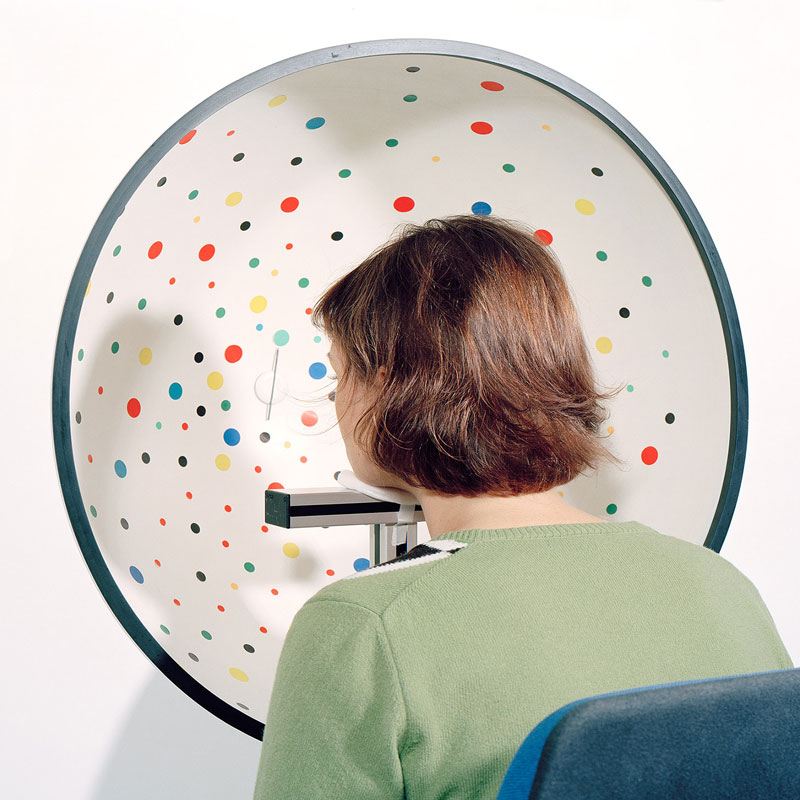

A trialogue on chaos and the world soul, featuring Terence McKenna, Rupert Sheldrake, Ralph Abraham – three brilliant minds sharing their views on life and the structure of reality.
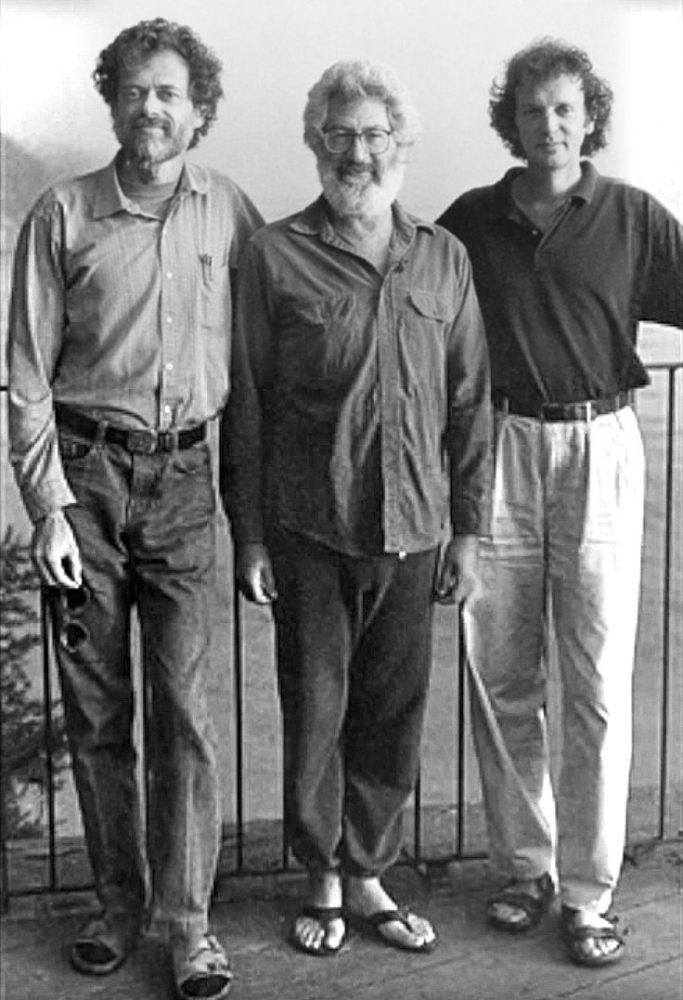
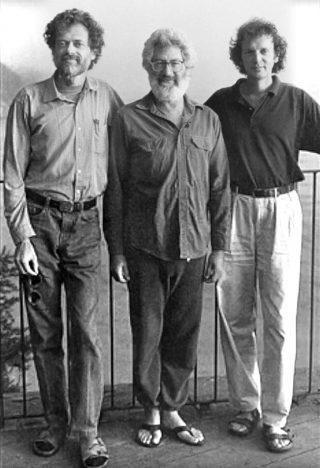
These portraits of the woods are influenced by imaging neuroscience. Especially the colors are reminiscent of the artist’s experience with fluorescence microscopy.
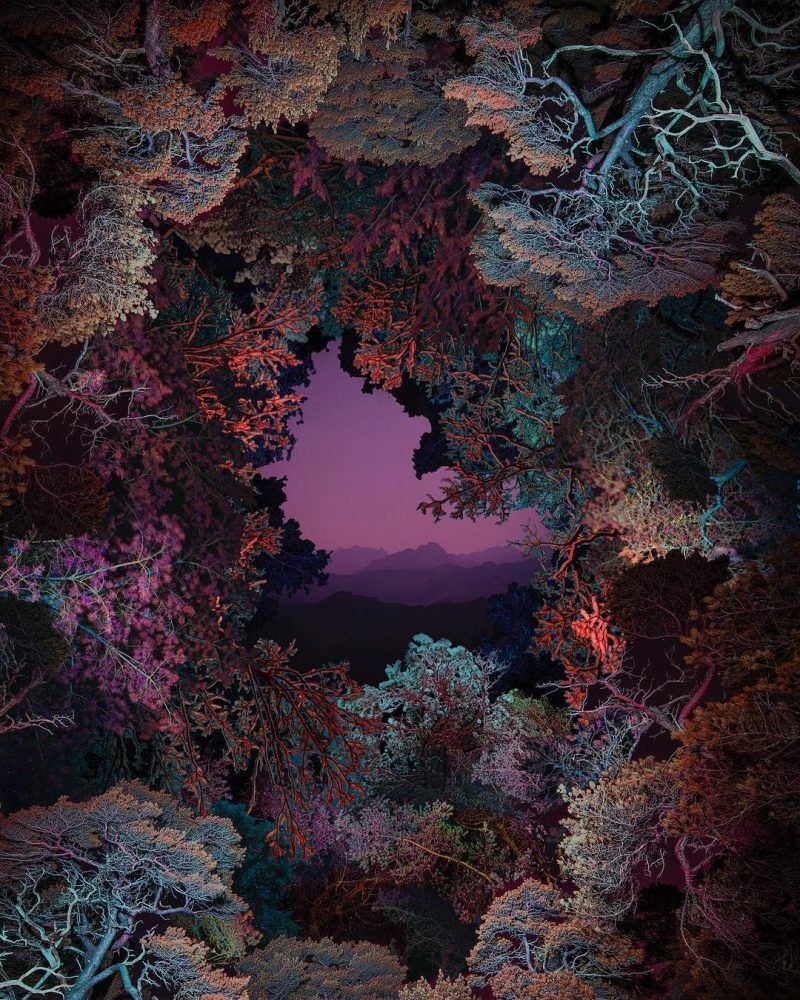
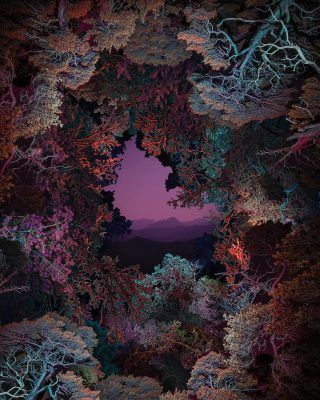
Seeds are the most complex organs produced by plants, capable of traveling space and time to ensure the biodiversity of our planet.
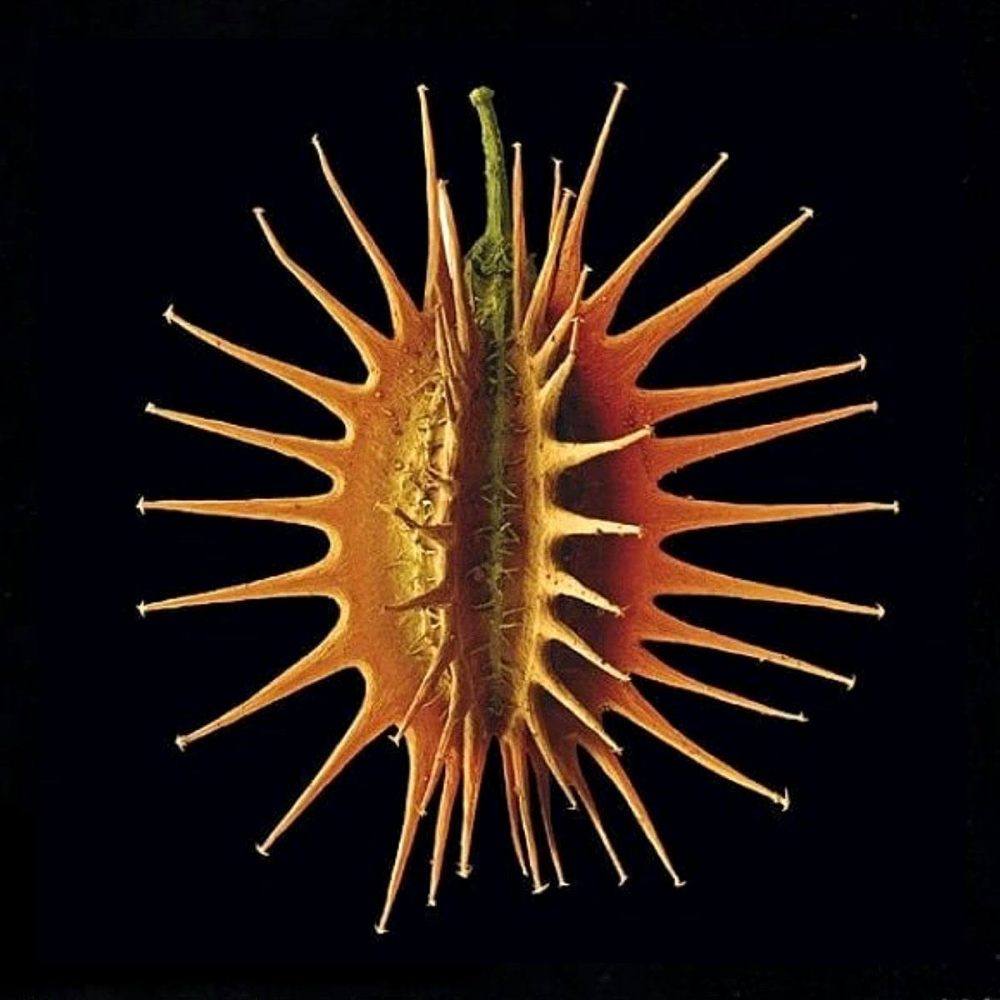
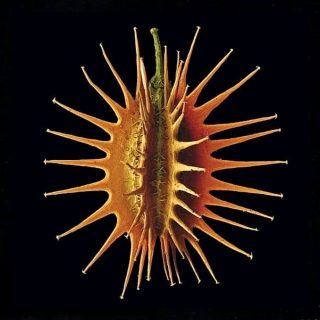
Fludd was striving for an universal science, combining mysticism, aesthetics and the more rational sciences to an all-embracing system of knowledge.
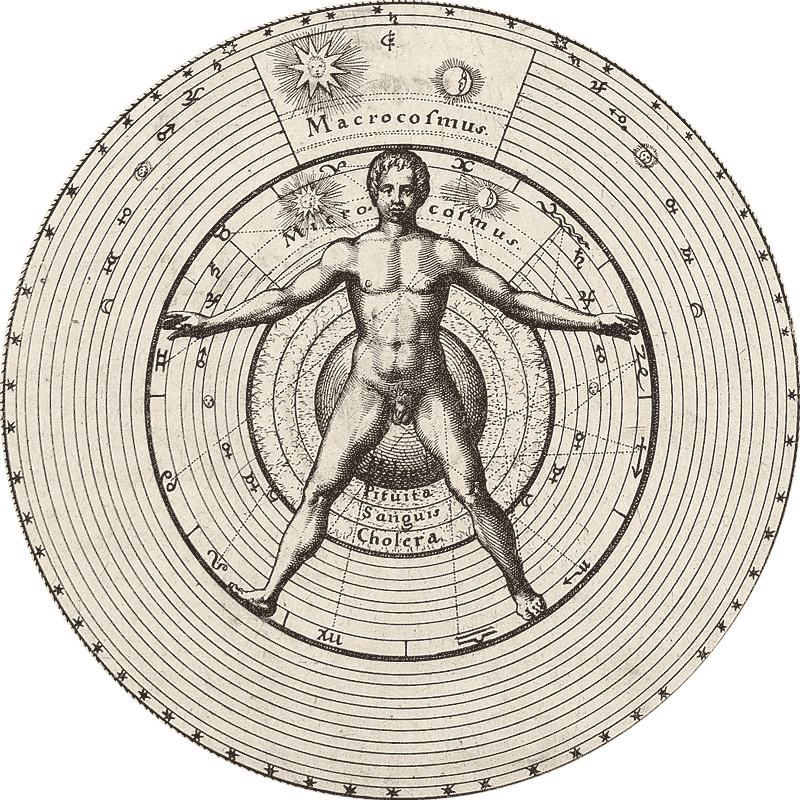

Primitive Technology is a hobby where you make things in the wild completely from scratch using no modern tools or materials. This is the strict rule.

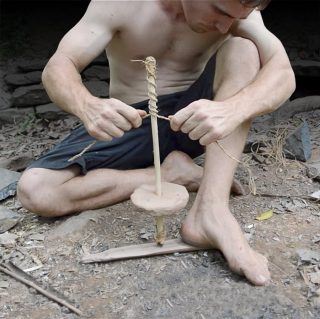
In the early 18th century Maharajah Sawaii Jai Singh II of Jaipur constructed five astronomical observatories in North India, known as Jantar Mantar.

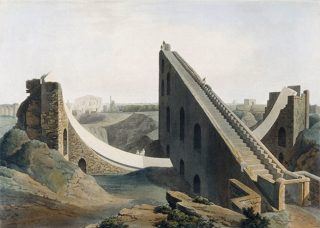
In this lecture Terence unfolds an ocean of ideas, a metaphor for the psychedelic dimension you are sailing out onto to cast the net of the human imagination to retrieve novel ideas out of the chaos.
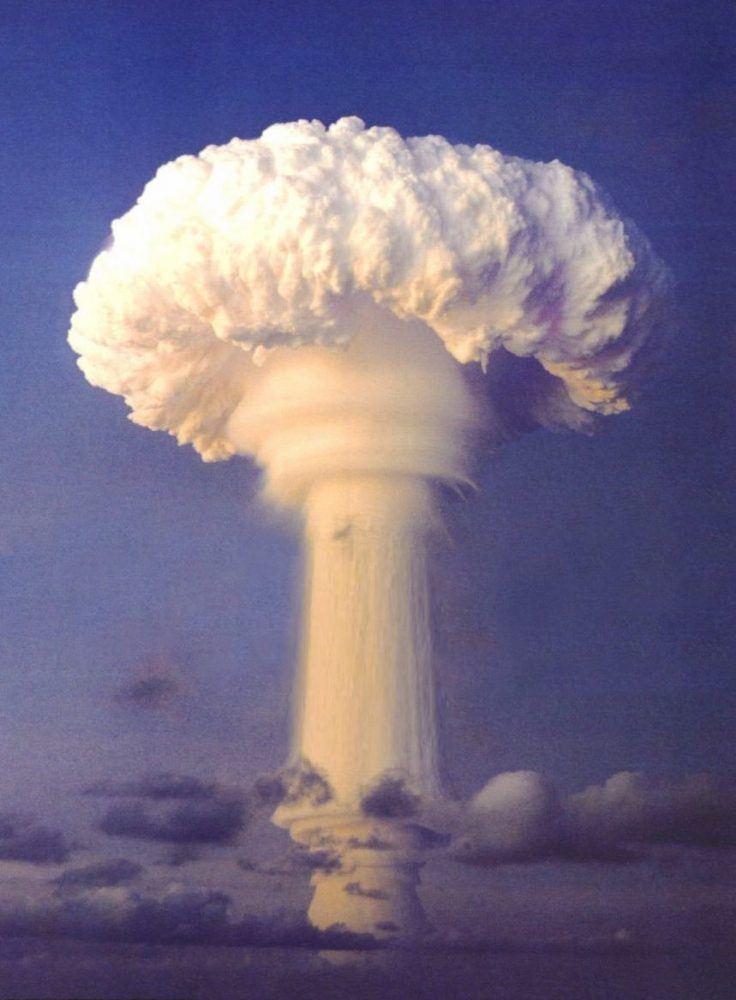
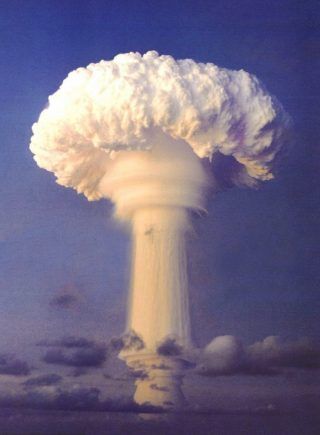
Osho’s discourses on the Yoga Sutras of Patanjali, given in Pune from 1973-76.
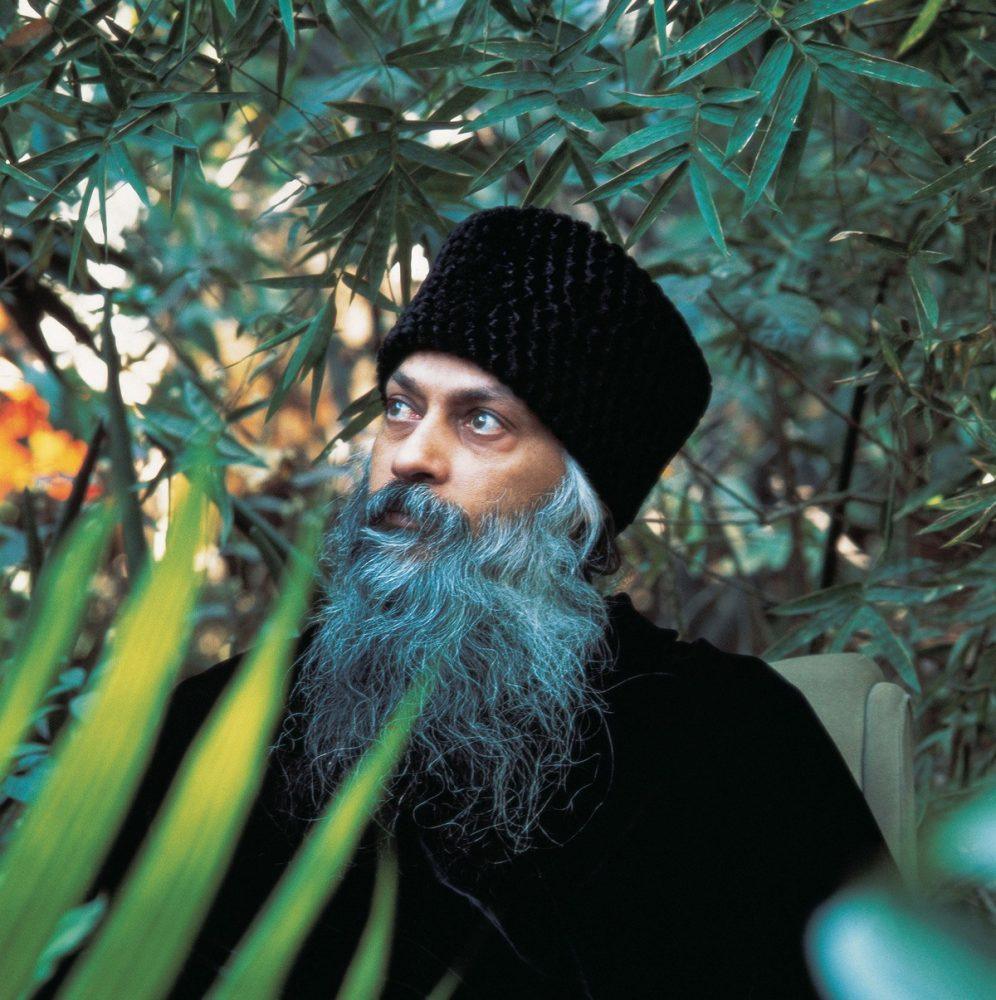
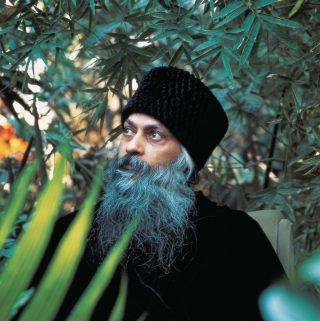
Continuum Movement is a dynamic inquiry into what it is to be a human being, providing a method to consciously explore ourself as an unfolding biological and planetary process.


A series of films about how humans have been colonized by the machines we have built. Although we don’t realize it, the way we see everything in the world today is through the eyes of the computers.
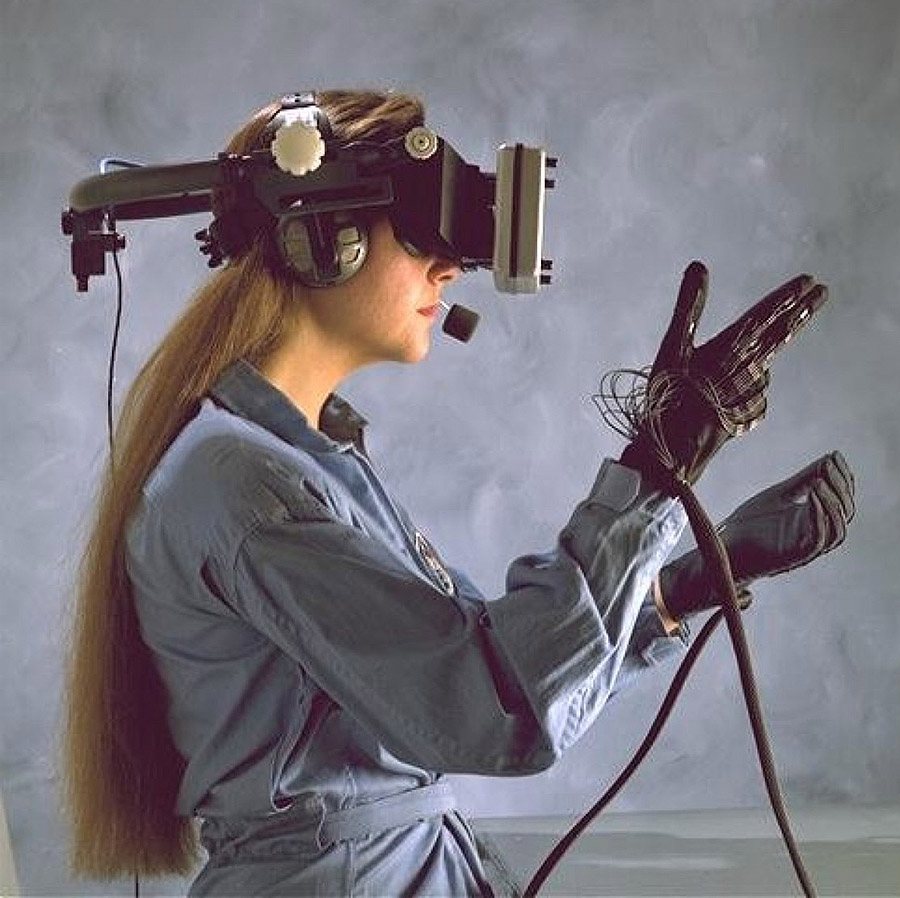

The ancient art of wayfinding is an almost forgotten skill once common throughout the Pacific.
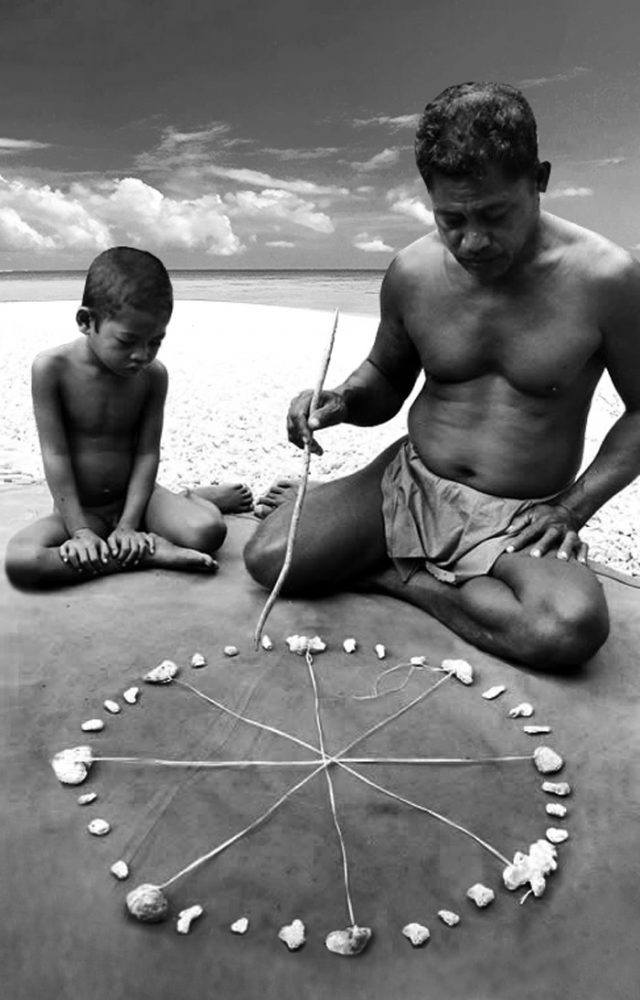
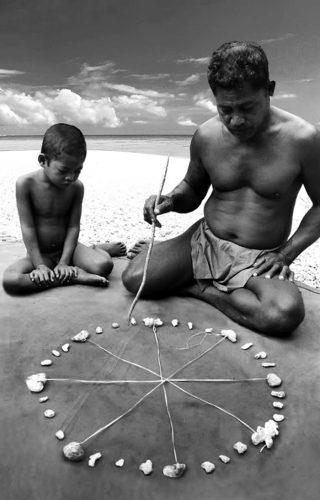
This book isn’t a novel but rather a manifesto. The final work of Huxley is a sociological blueprint, a manual for living, loving and dying.
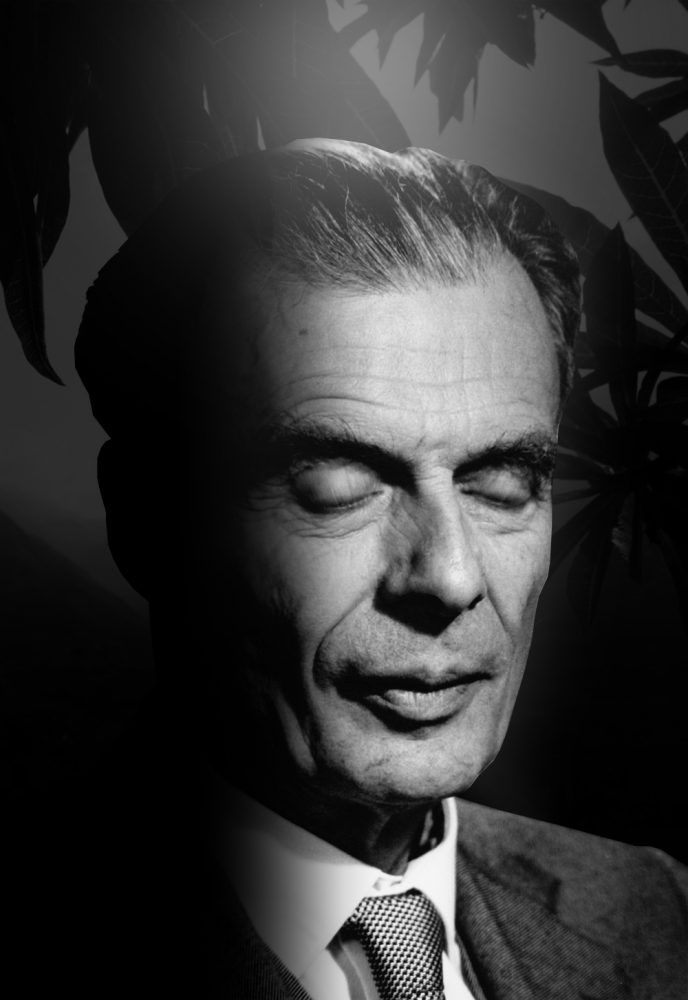
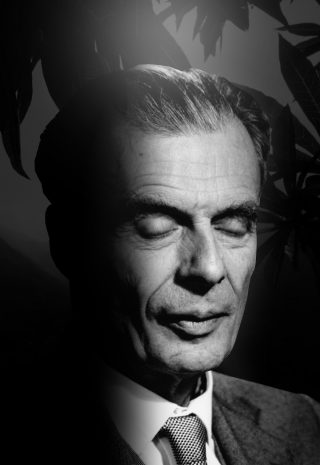
Today I picked up one of my favorite books, Island by Aldous Huxley, his radical blueprint for a better world.…
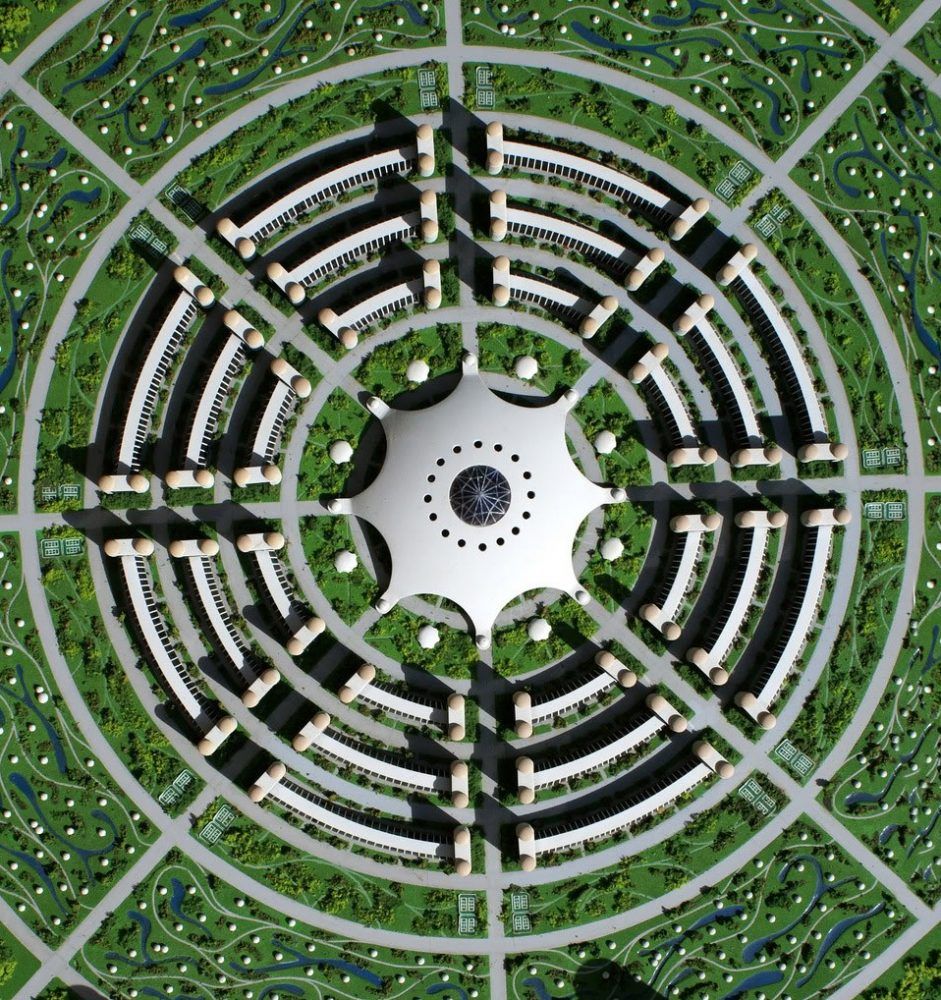

Back in the early 1970s, Phil Kirkland created surreal textbook illustrations, mostly for psychology and health books.
